Azure Data Factory
This page will walkthrough the setup of Azure Data Factory in K using the direct connect method
Integration details
Scope | Included | Comments |
|---|---|---|
Metadata | YES | See below |
Lineage | YES | |
Usage | YES | |
Sensitive Data Scanner | N/A |
Known limitations
Not all sources and destinations are included in the metadata extraction. Improvements are planned to provide wider coverage
Sources Implemented
SNOWFLAKE
Step 1) Enabling Azure Data Factory Admin APIs to be accessible to an AD Group
This step is performed by the Azure Data Factory Admin
Under Azure services click on Data factories

Locate the Data Factory that you would like to connect to K
Click on Overview to copy the below details for a later step:
Factory name
Resource group name
Subscription ID

Step 2) Registering Azure Data Factory App in Azure AD
This step is performed by the Azure AD Admin
Log in to your company’s Azure Portal and open the Azure Active Directory page
Select App Registration in the side panel and click New registration
Complete the registration form
Name: Enter a name for the integration e.g. KADA Azure Data Factory API Integration
Supported account types: Select Accounts in this organisation directory only
Redirect URL: Add Web / https://www.kada.ai
Click Register to complete the registration
Click on the newly created KADA Azure Data Factory API Integration App
Save the Application (client) ID and Directory (tenant) ID for use in a later step
Click on Endpoints and save the URL for OpenID Connect metadata document for use in a later step
Select Certificates & secrets in the side panel and click New client secret
Complete the new secret form and save the Secret Value for use in a later step
Make sure you send all of the information from Step 1 and Step 2 to the K Admin so that they can complete step 4.
Factory name
Resource group name
Subscription ID
Application (client) ID
Directory (tenant) ID
Secret Value
Step 3) Update your Azure Data Factory access control
This step is performed by the Azure Data Factory Admin
To ensure your Azure Data Factory can connect to K, you will need to provide the Azure Data Factory with the correct Role Assignment
Follow Step 1 to navigate to your Data Factory you wish to profile. You will need to perform the following steps for each Data Factory you wish to profile.
Open a Data Factory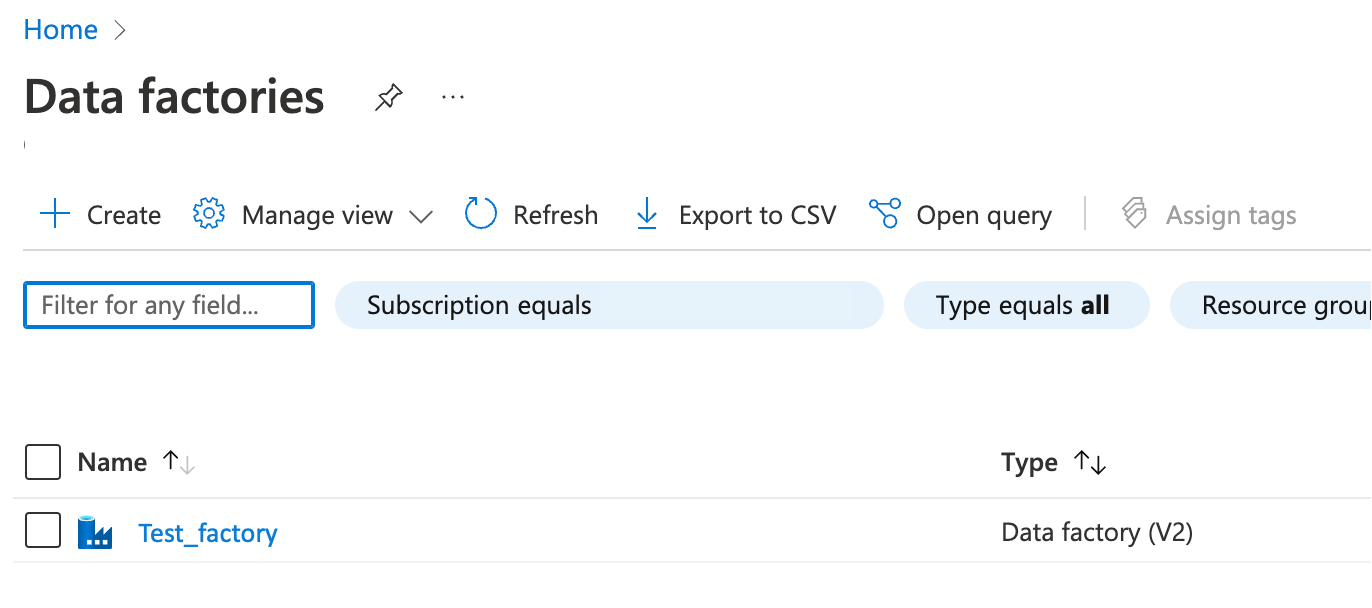
Click on Access control (IAM) in the panel and click Add

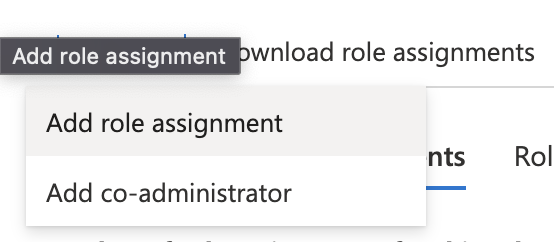
Select Data Factory Contributor
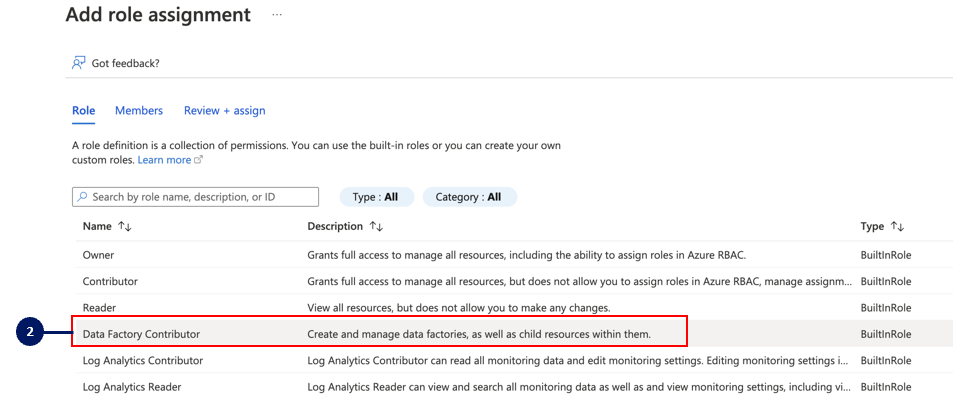
Click Select Member.
In the side panel add the the Service Application you created in Step 2. Click Select to add the Service Application.
Click Review + Assign to finish adding the permission.

Step 4) Add Azure Data Factory as a New Source
This step is performed by the K Admin
Select Platform Settings in the side bar
In the pop-out side panel, under Integrations click on Sources
Click Add Source and select AZURE_DATA_FACTORY

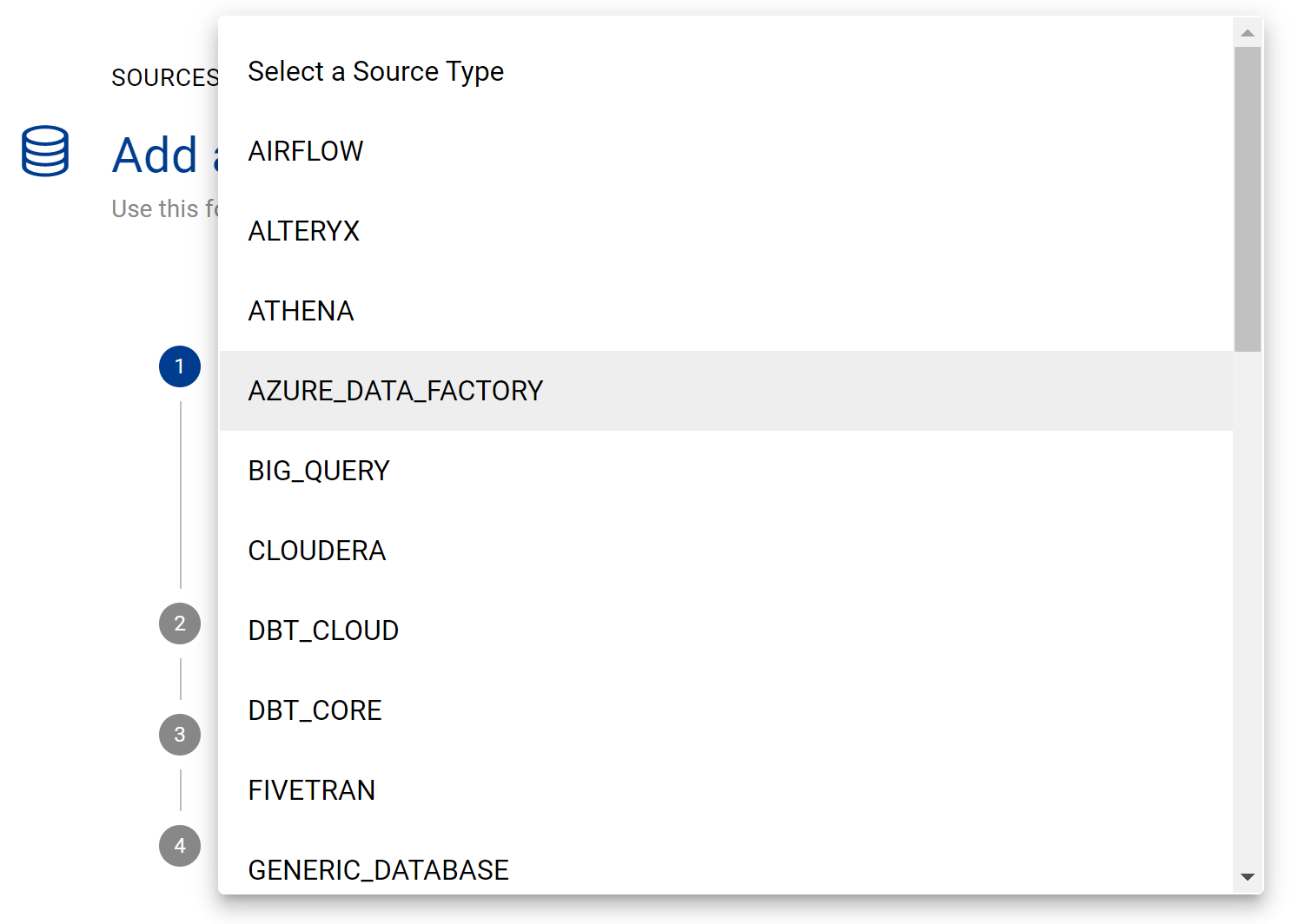
Select Direct Connect
Fill in the Source Settings and click Save & Next
Name: Give the Azure Data Factory source a name in K. If you have multiple ADFs, each one will need to have a unique name
Host: Enter the url e.g. adf.azure.com
Timeout: Default is 10, sometimes it may take longer for the API to respond, so we recommend increasing it to 20
Update the Host / Database mapping - see Host / Database Mapping. This step can be completed after the initial load via the guided workflow.
Select Enable Workspace Filtering if you wish to load only select Workspaces
Add Connection Details and click Save & Next
Tenant ID: Add the Directory (tenant) ID copied from step 2
Client ID : Add the Application (client) ID copied from Step 2
Client Secret: Add the Secret ID copied from Step 2
Test your connection and click Next
If you selected Enabled Workspace Filtering select the Workspaces you want to load. If you have a lot of workspaces this may take a bit of time to load.
Click Finish Setup
Step 4) Schedule Azure Data Factory source load
Select Platform Settings in the side bar
In the pop-out side panel, under Integrations click on Sources
Locate your new Azure Data Factory Source and click on the Schedule Settings (clock) icon to set the schedule
Note that scheduling a source can take up to 15 minutes to propagate the change.
Step 5) Manually run an ad hoc load to test Azure Data Factory
Next to your new Source, click on the Run manual load icon

Confirm how your want the source to be loaded
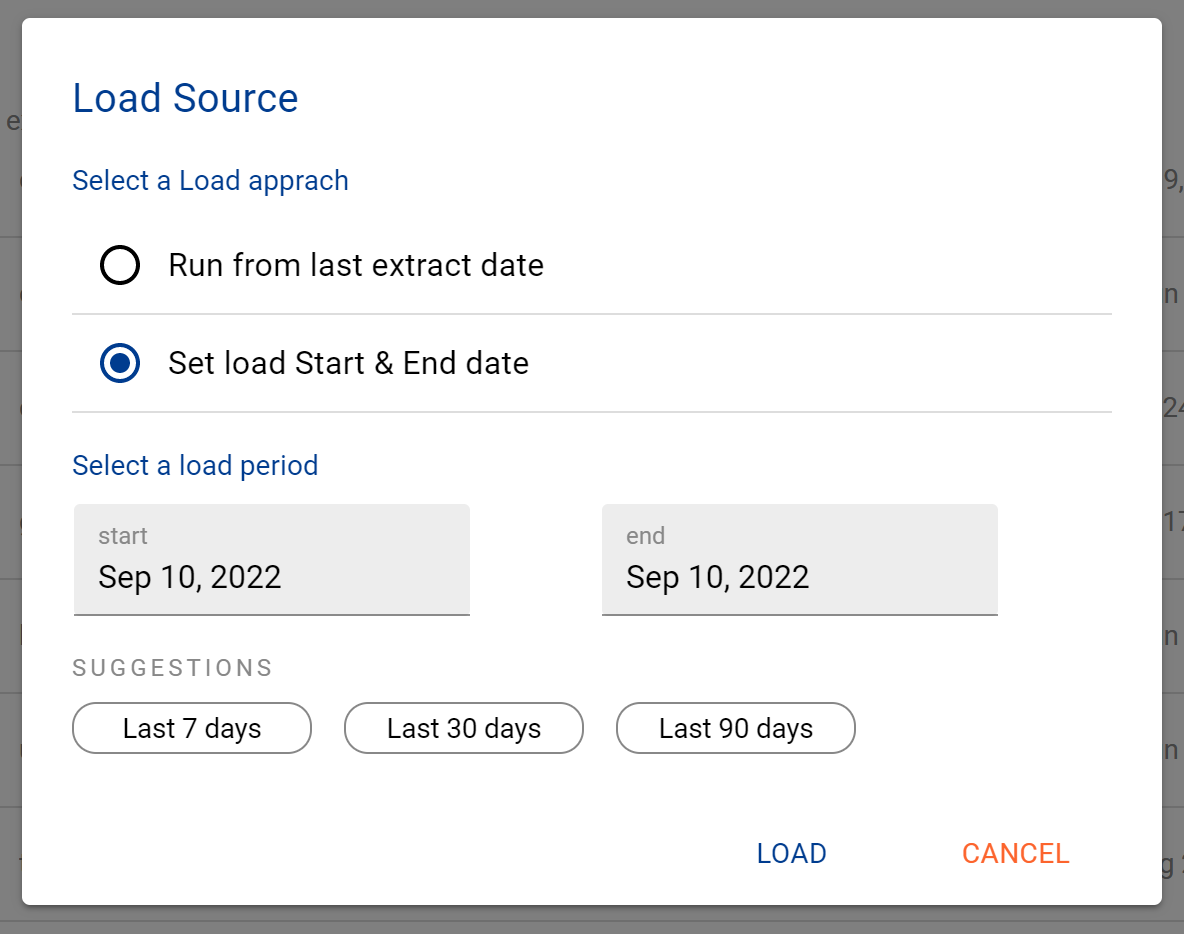
After the source load is triggered, a pop up bar will appear taking you to the Monitor tab in the Batch Manager page. This is the usual page you visit to view the progress of source loads

A manual source load will also require a manual run of
DAILY
GATHER_METRICS_AND_STATS
To load all metrics and indexes with the manually loaded metadata. These can be found in the Batch Manager page
Troubleshooting failed loads
If the job failed at the extraction step
Check the error. Contact KADA Support if required.
Rerun the source job
If the job failed at the load step, the landing folder failed directory will contain the file with issues.
Find the bad record and fix the file
Rerun the source job
